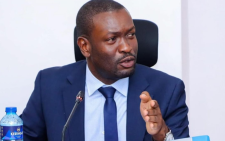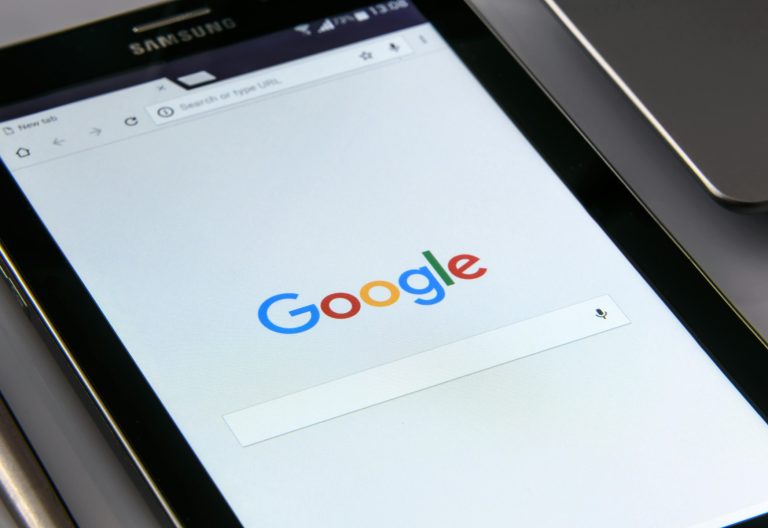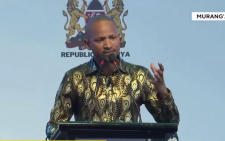House told to defend voters by oversighting public debt

Lawmakers have been challenged to “set the bar for transparency and more openness” to help address Kenya’s soaring public debt challenge.
Acknowledging that the country’s public debt had not crossed the line, the Controller of Budget (CoB) and the Commission on Revenue Allocation (CRA) how- ever urged the Senate yesterday to play its oversight role to avert fiscal misfortunes.
“Debt is not bad, and can fill important financing gaps. But to mitigate the risk of debt distress, Parliament could interrogate the annual borrowing plans, question the plans and the interest rates at which the government is borrowing,” read a submission made virtually to the Senate Committee on Finance by the CRA.
The revenue allocation agency further wants Parliamentarians to interrogate use of debt and to also ensure that loans bor- rowed are effectively utilised.
Commercial debt
Data shared during the meetings indi- cated that Kenya’s public debt increased from 49 per cent of Gross Domestic Prod- uct (GDP) in 2013 to 68 per cent in 2020.
Speaking during the meeting Commission on Revenue Allocation (CRA) Com- missioner Irene Asienga said the composition of external and domestic debt has changed leading to increased pressure on debt service.
This after commercial debt increased from 22 per cent to 36 per cent of total debt. “Commercial debt attracts higher interest rates and shorter maturity profile compared to concessional multilateral debt.
This change in composition in- creases budget pressure on debt service,” she said, adding that the current scenario can trigger a vicious cycle of debt dynamics for which parliament must be vigilant in its budget making and oversight role.
Add a New Post
Preview(opens in a new tab)Add title
Lawmakers have been challenged to “set the bar for transparency and more openness” to help address Kenya’s soaring public debt challenge.
Acknowledging that the country’s public debt had not crossed the line, the Controller of Budget (CoB) and the Commission on Revenue Allocation (CRA) how- ever urged the Senate yesterday to play its oversight role to avert fiscal misfortunes.
“Debt is not bad, and can fill important financing gaps. But to mitigate the risk of debt distress, Parliament could interrogate the annual borrowing plans, question the plans and the interest rates at which the government is borrowing,” read a submission made virtually to the Senate Committee on Finance by the CRA.
The revenue allocation agency further wants Parliamentarians to interrogate use of debt and to also ensure that loans bor- rowed are effectively utilised.
Commercial debt
Data shared during the meetings indi- cated that Kenya’s public debt increased from 49 per cent of Gross Domestic Prod- uct (GDP) in 2013 to 68 per cent in 2020.
Speaking during the meeting Commission on Revenue Allocation (CRA) Com- missioner Irene Asienga said the composition of external and domestic debt has changed leading to increased pressure on debt service.
This after commercial debt increased from 22 per cent to 36 per cent of total debt. “Commercial debt attracts higher interest rates and shorter maturity profile compared to concessional multilateral debt.
This change in composition in- creases budget pressure on debt service,” she said, adding that the current scenario can trigger a vicious cycle of debt dynamics for which parliament must be vigilant in its budget making and oversight role.
“The country has been financing ex- penditure through high fiscal deficits in excess of 6 per cent,” she said.
Parliament was also urged to lengthen maturity profiles of loans and restructure borrowing towards concessional external debt in order to reduce the amounts paid in debt service.
Fiscal deficit
Ordinarily, commercial debt attracts higher interest rates and shorter maturity profile compared to concessional multi- lateral debt. “The buck stops with the Parliament. We have to ensure that we manage our deficit first before we can address the is- sue of debt” said CRA while making its submission yesterday.
This comes barely a day after the Central Bank of Kenya’s Dr Patrick Njoroge had a day earlier blamed the country’s increased indebtedness to a rise in fiscal deficit being triggered by development expenditure such as infrastructure as well as recurrent expenditure in certain sectors like health.
Dr Njoroge also blamed the ballooning debt concerns to deteriorating terms on new loans and the ongoing global pandemic, Covid-19. In June this year for instance, the Government introduced several interventions as it seeks to reduce debt vulnerabilities through a revenue-driven fiscal consolidation “with a view to stabilizing debt to GDP ratio over the medium term.
They included the implementation of targeted policies, legal and institutional as well as addressing vulnerabilities in the State-Owned Enterprises hit by the Covid-19 Pandemic.












